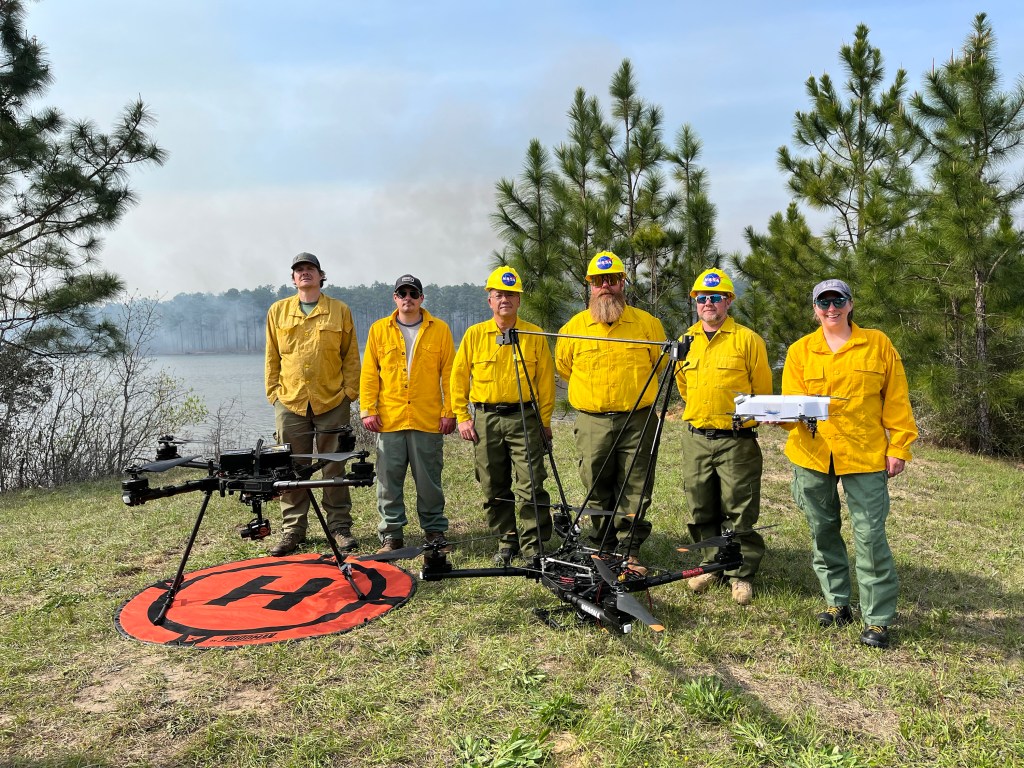T-94: A Fresh Look at Northern Lakes
T-94: A Fresh Look at Northern Lakes
During closest approach of this Titan flyby, the visible and infrared mapping spectrometer (VIMS) instrument acquired, for the first time, images of Punga Mare. It also viewed the surrounding area, including Ligeia Mare and some of the smaller lakes. These views can be compared to earlier images to provide information about seasonal variations. VIMS then acquired a high-resolution swath over terrain from high northern latitudes to the equator at the anti-Saturn hemisphere. Following the closest approach period, VIMS rode along with the composite infrared spectrometer (CIRS) and the ultraviolet imaging spectrograph (UVIS) instrument to image Titan’s southern hemisphere at high incidence angle. It also looked at clouds to follow the evolution of the cloud system over the south pole.
Inbound, VIMS rode along with the imaging science subsystem (ISS) to acquire a medium resolution mosaic of high northern latitudes. It also looked for clouds over the north pole to monitor the evolution of the cloud system as Titan approaches summer solstice.
VIMS also looked for specular reflection in an area located between latitudes 57 N and 60 N and between longitudes 131 W and 161 W.
Titan Flyby at a Glance
Date
Sept. 12, 2013
Altitude
870 miles (1,400 km)
Speed
13,000 mph (5.8 km/sec)

































